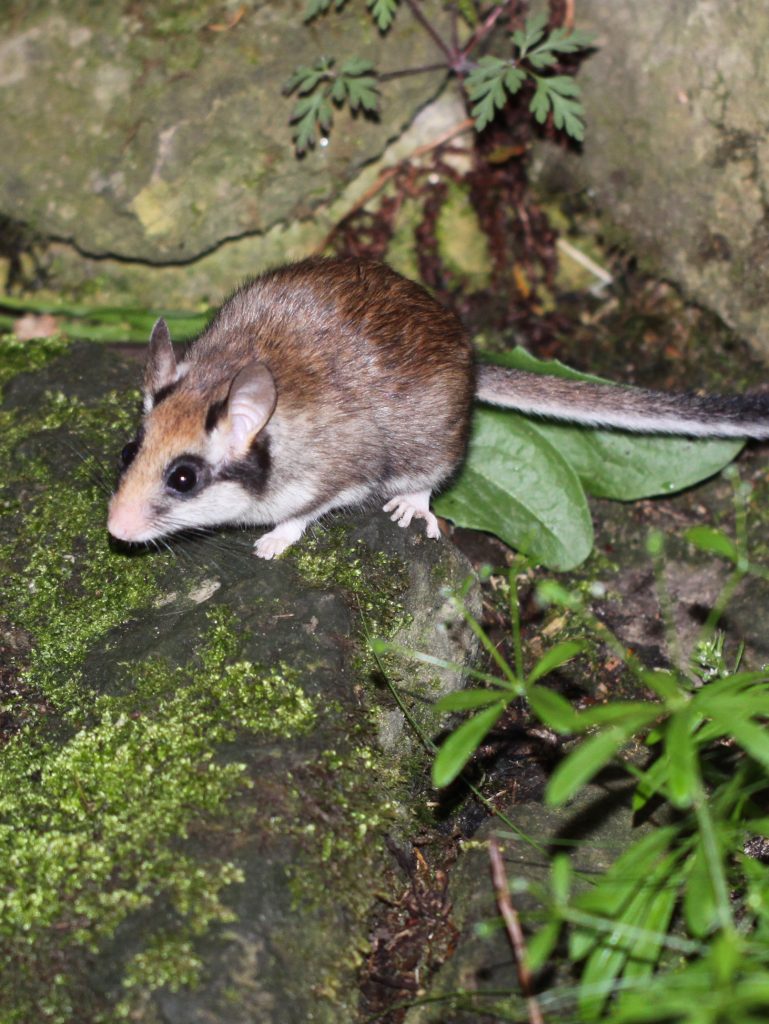Why we study diseases in the garden dormouse and dead animals?
The importance of diseases is widely acknowledged in ecological researches. There came into the light some sad examples during last decades, e.g. the decline in the Red squirrel in the UK due to a virus brought in by the alien Grey squirrel or the fire salamander which is under thread by the propagation of a skin mycoses.
Not only (introduced) pathogens, also the genetic impoverishment of small and isolated populations may increase the vulnerability of species.
Some diseases we will only find in pathologic studies in dead animals. We therefore collect road kills and what the cat brought in in order to examine as many individuals as possible.
What do we want to find out?
We want to trace the reasons for the disappearance of the garden dormouse. For this we will check:

- What do garden dormice die from?
- Which diseases do they suffer from and which parasites live in and on them?
- Do these factors have any meaning in the decline?
Photo © Sven Büchner
How do we get to this research material?
Garden dormice are killed by of predators, such as the fox, a domestic cat or an owl. Sometimes it happens that the predator does not finish its meal or lose its prey. This is our chance.
Garden dormice unfortunately also die in water butts and rain barrels. Such deathly traps should be closed very urgently!
Wildlife stations and zoos are taking care for injured garden dormice. We will do health checks of garden dormice there too. And animals that die for unknown reasons are carefully examined.
What happens to the dead garden dormice?
Specialized vets will scrutinize every dead animal for a comprehensive pathology.